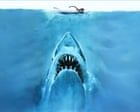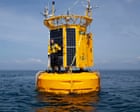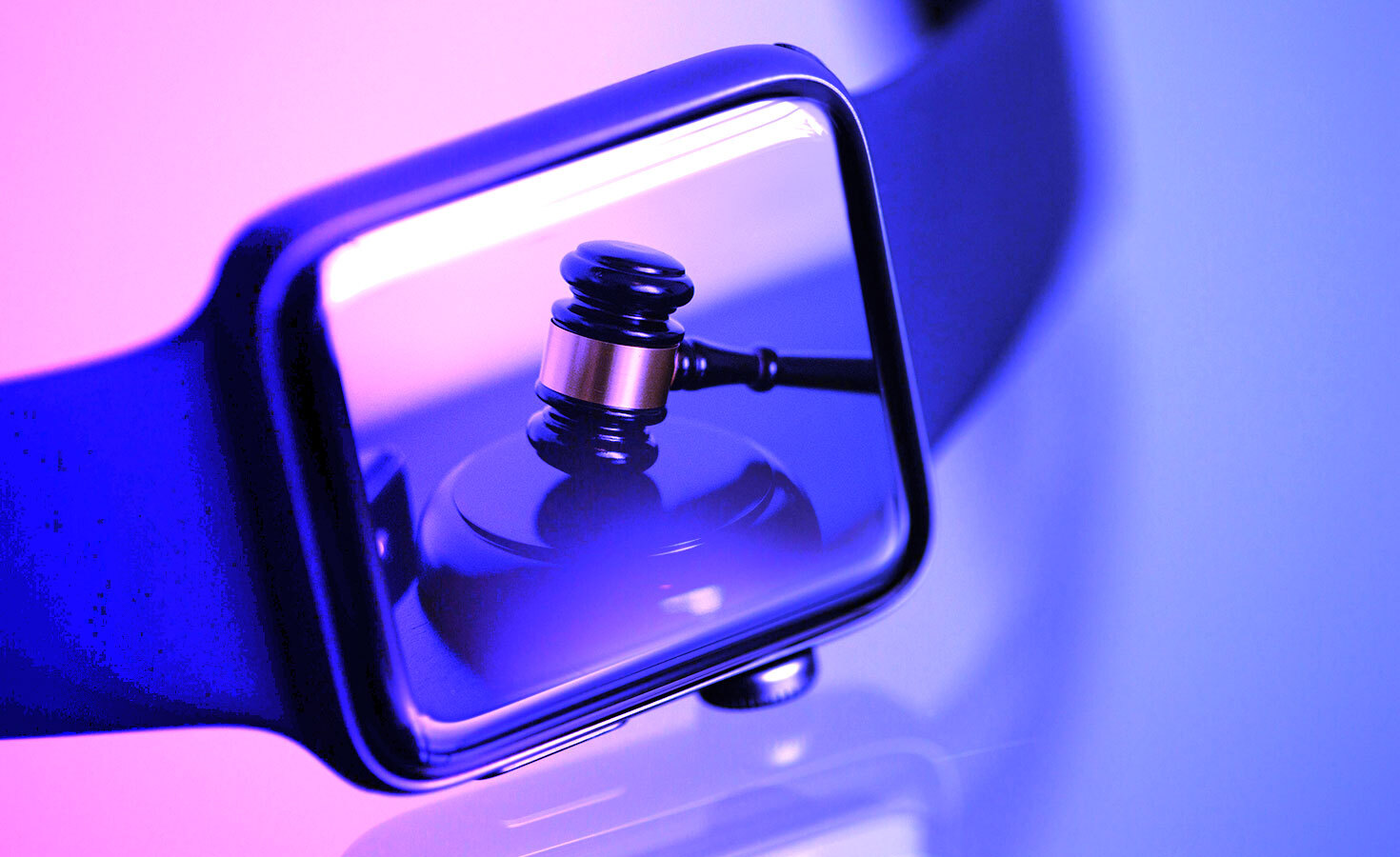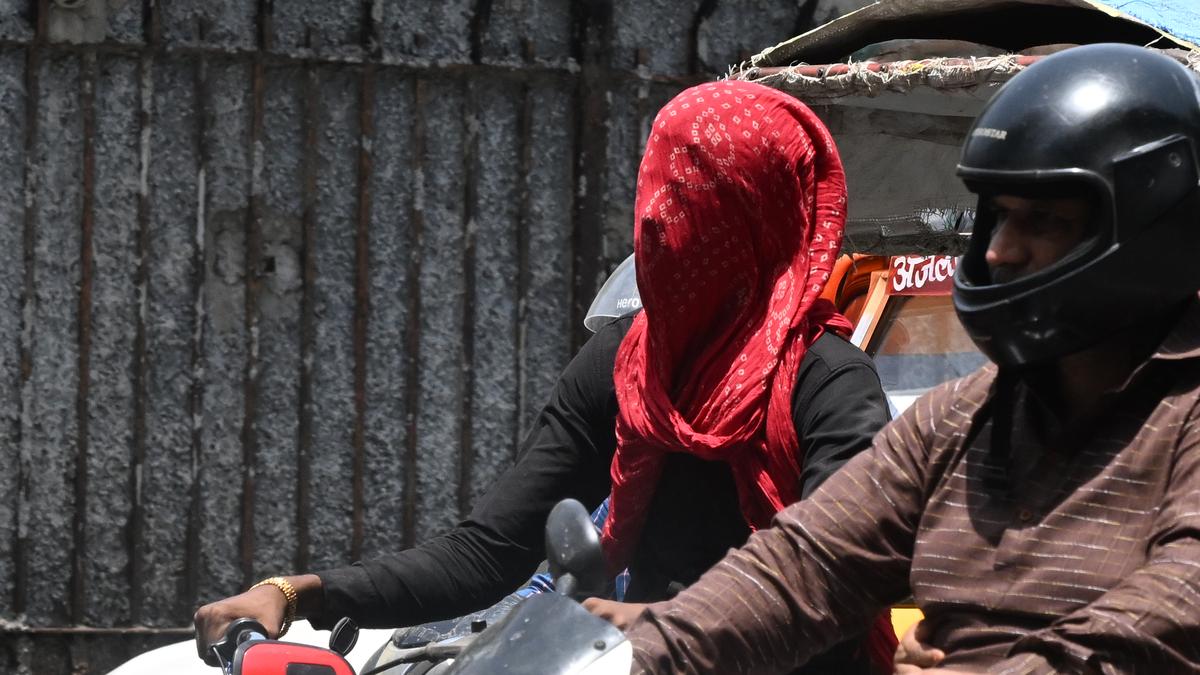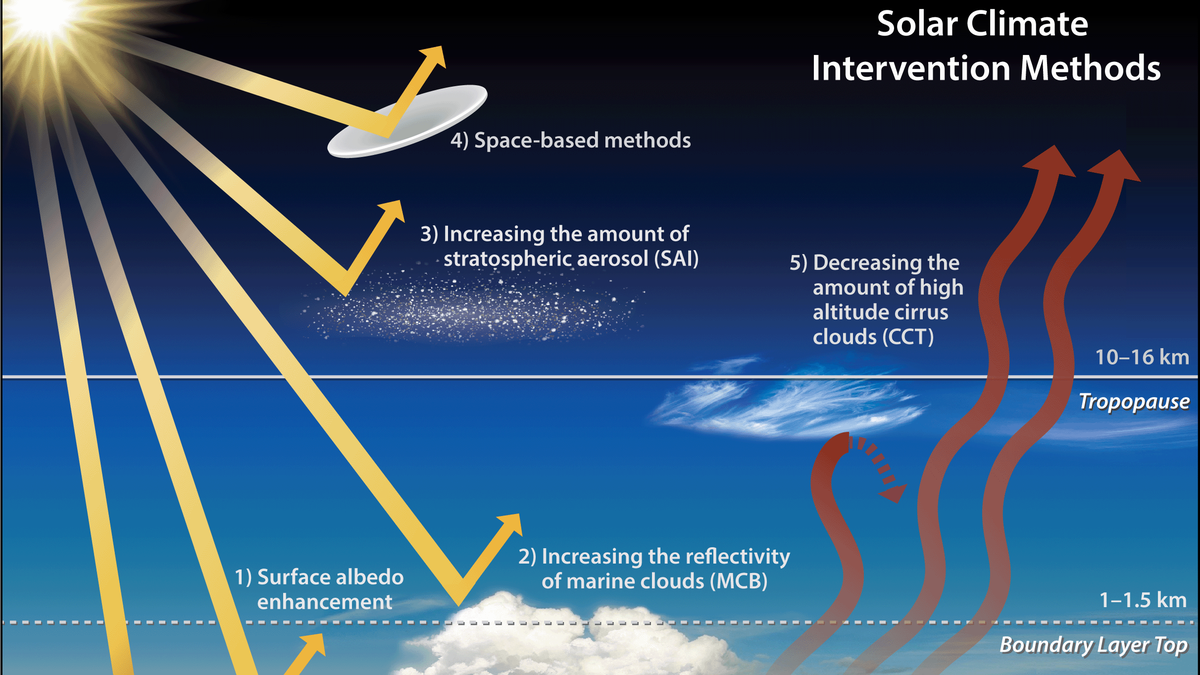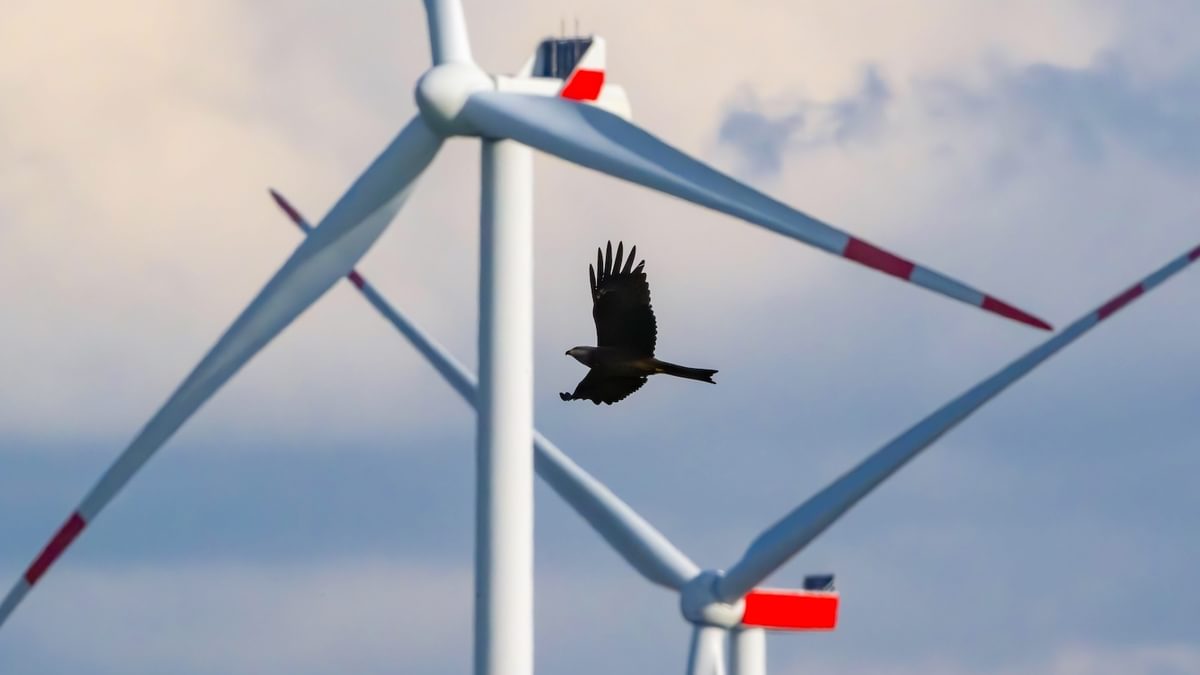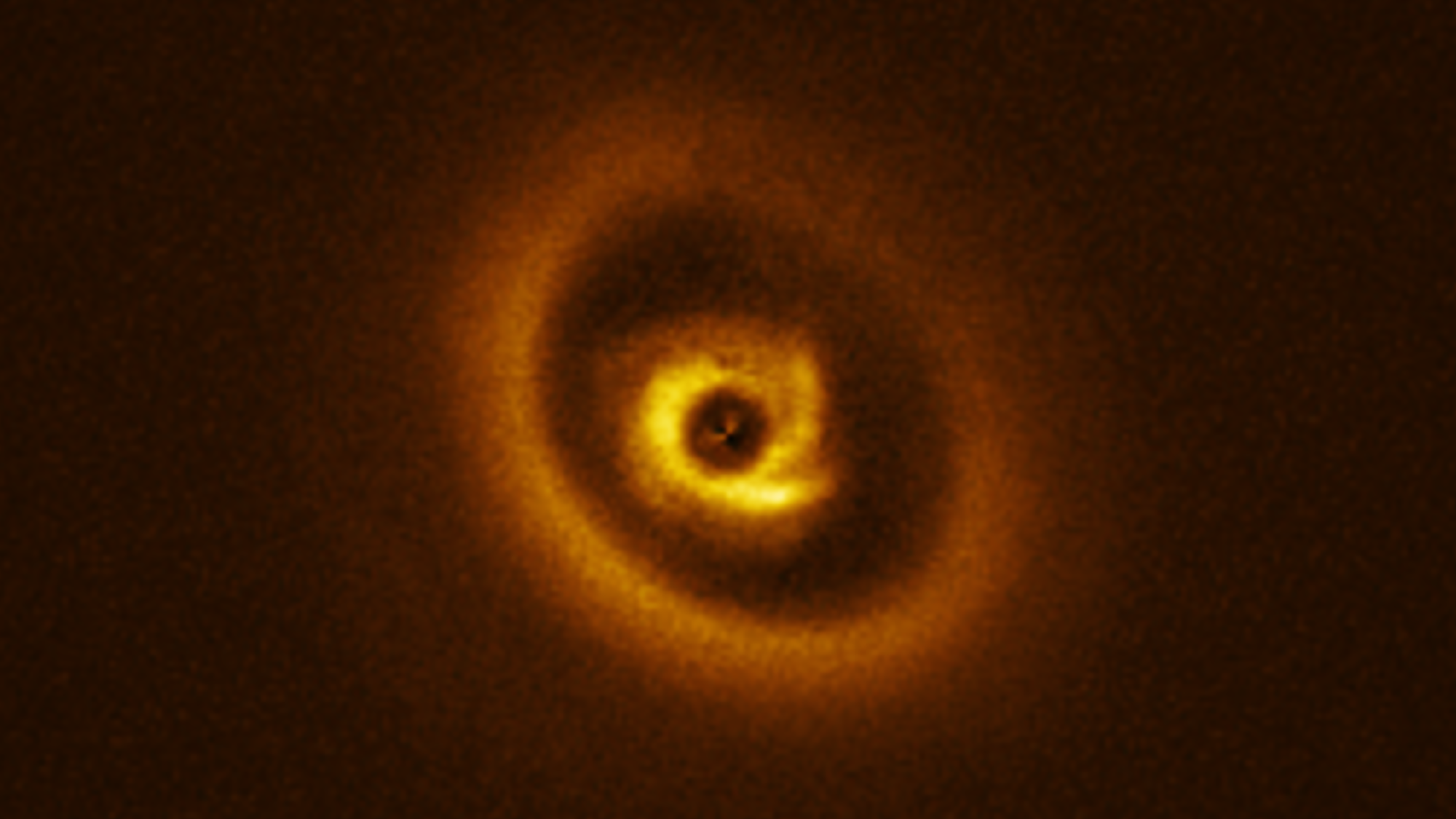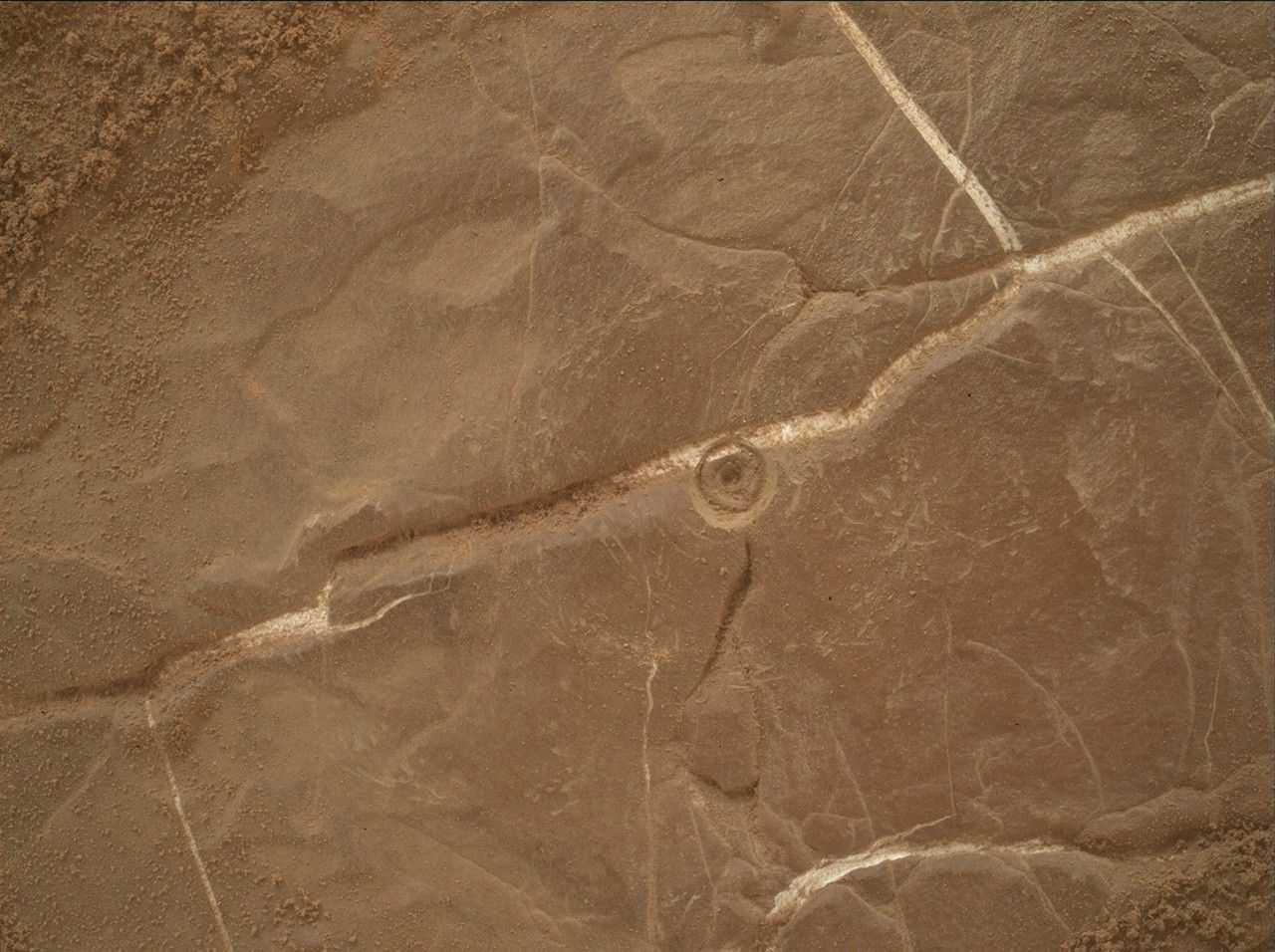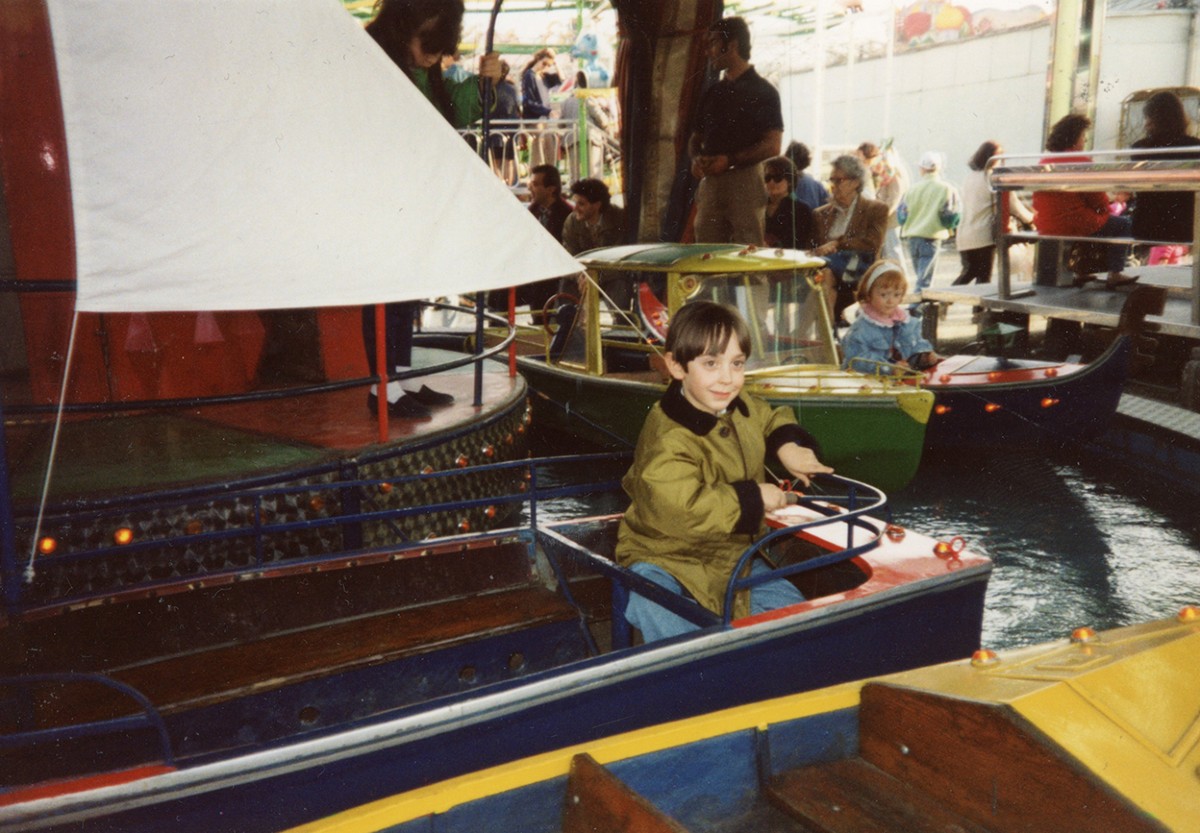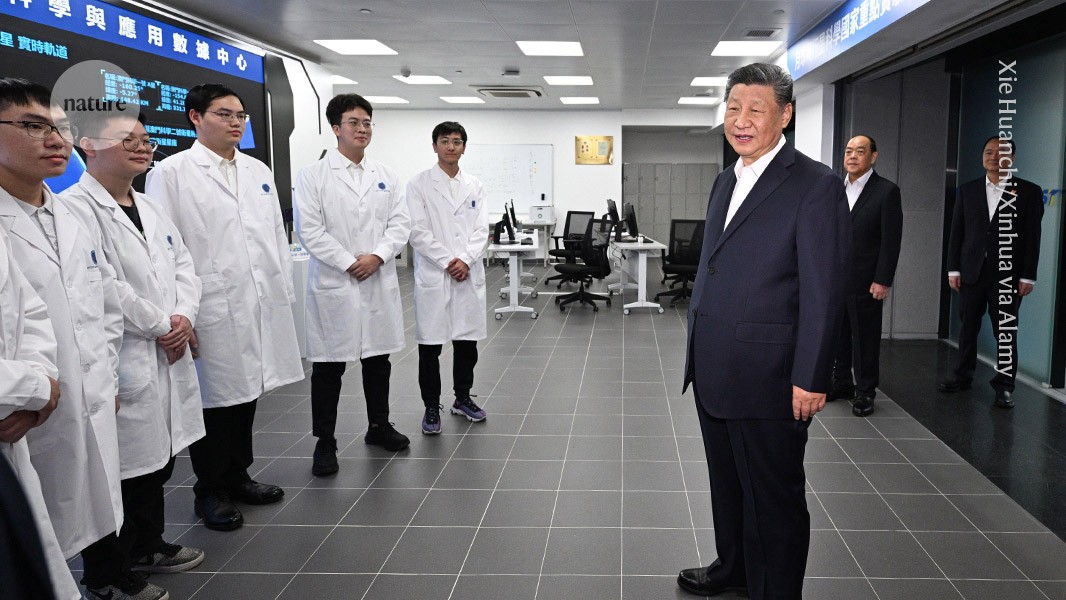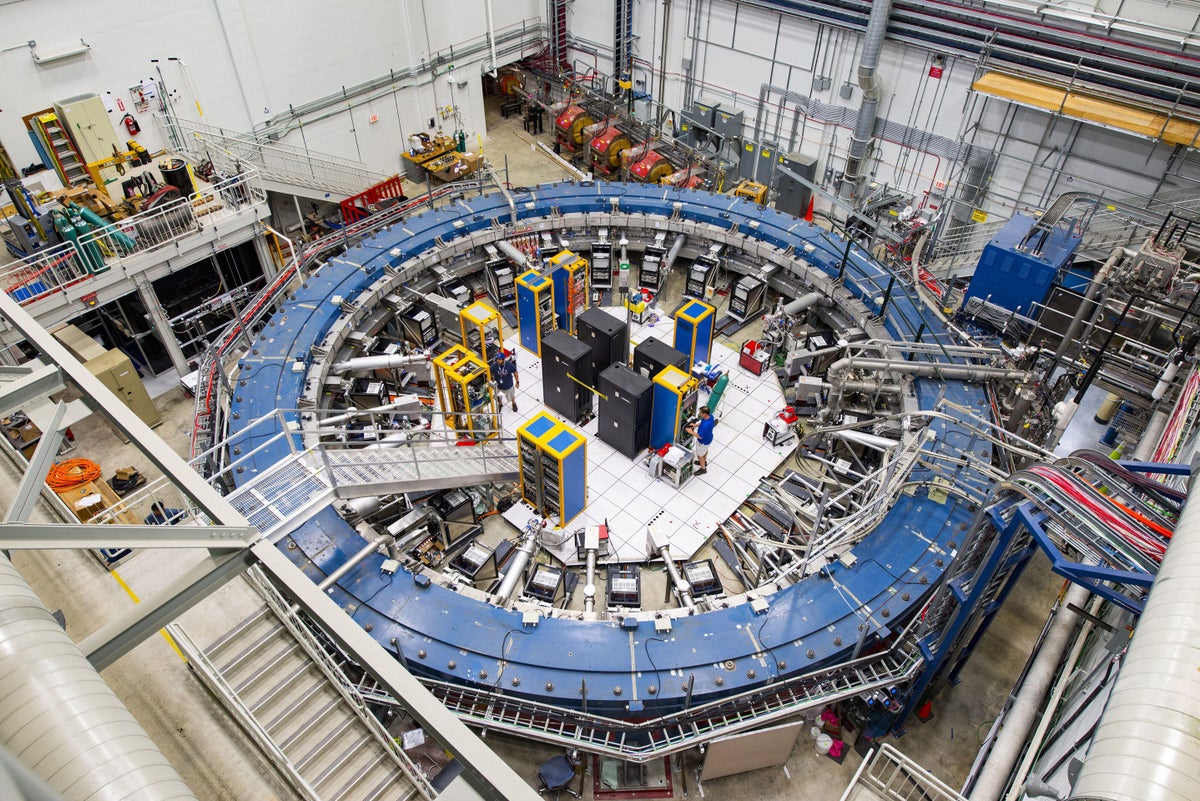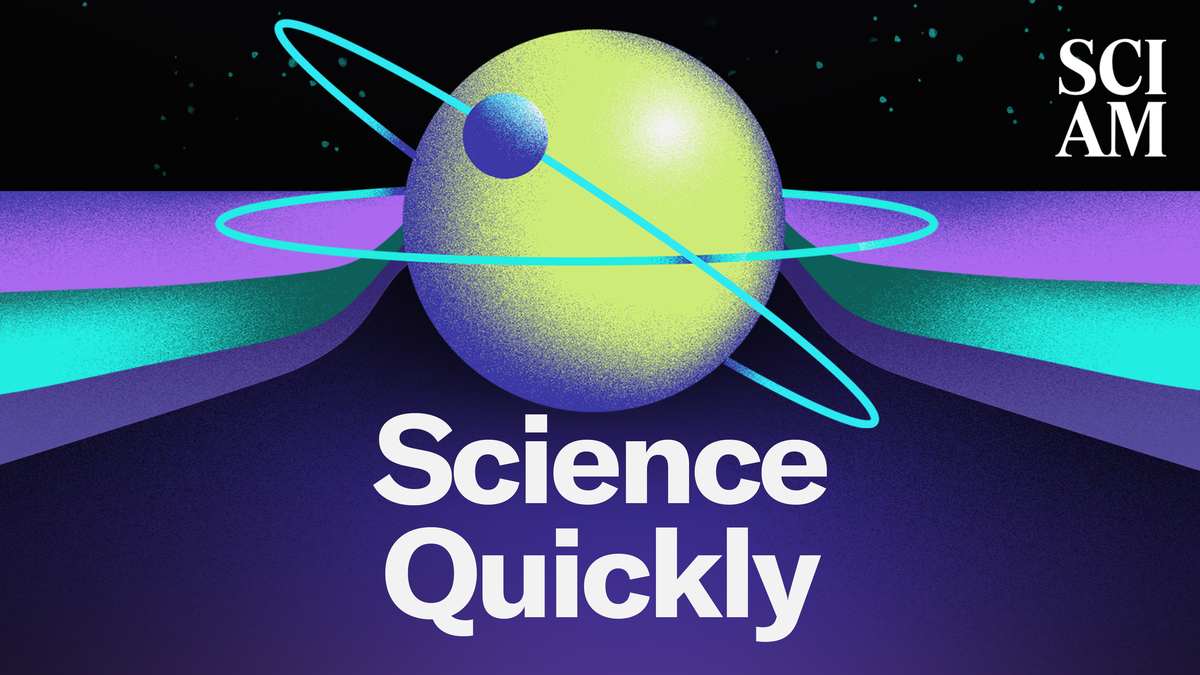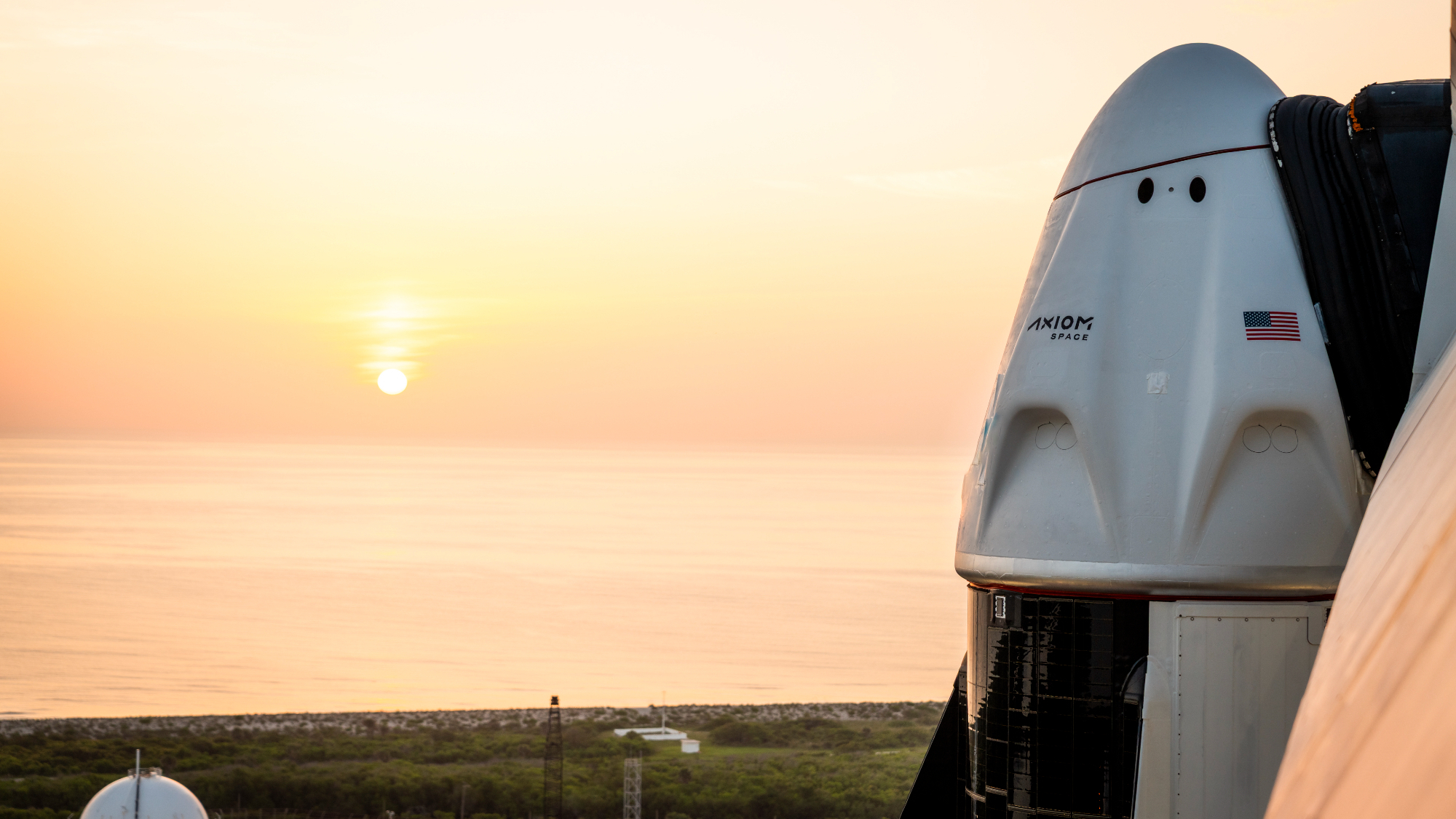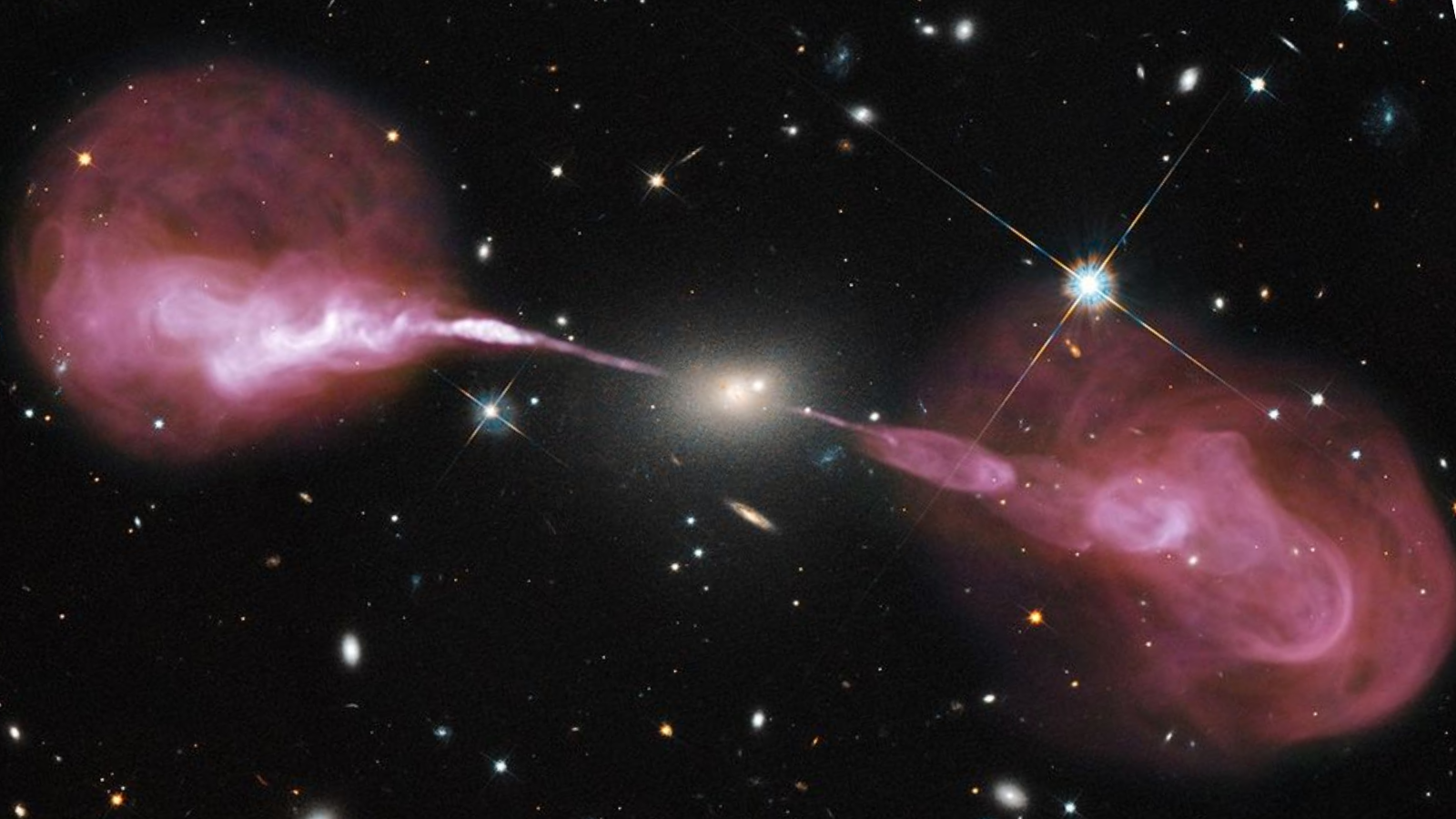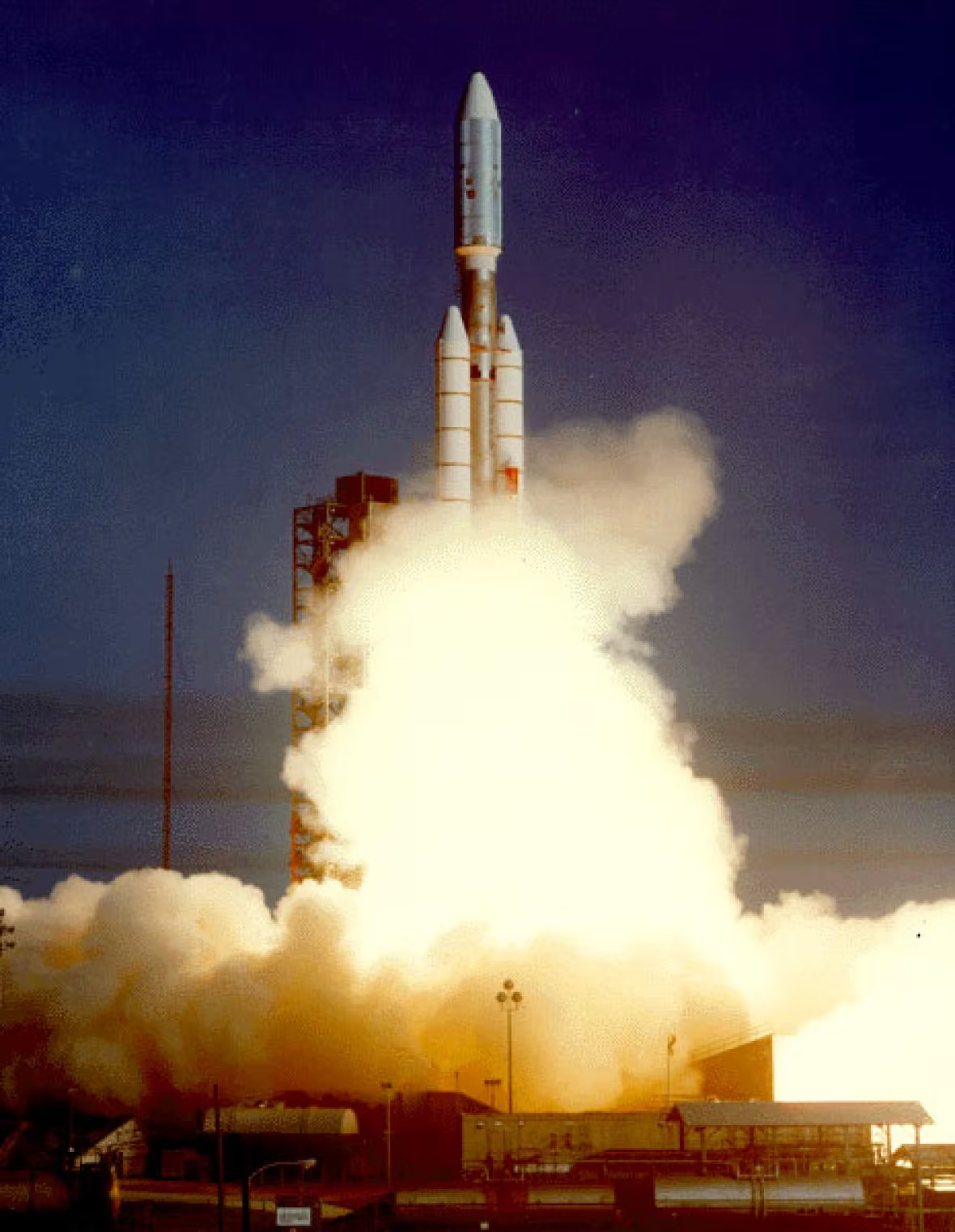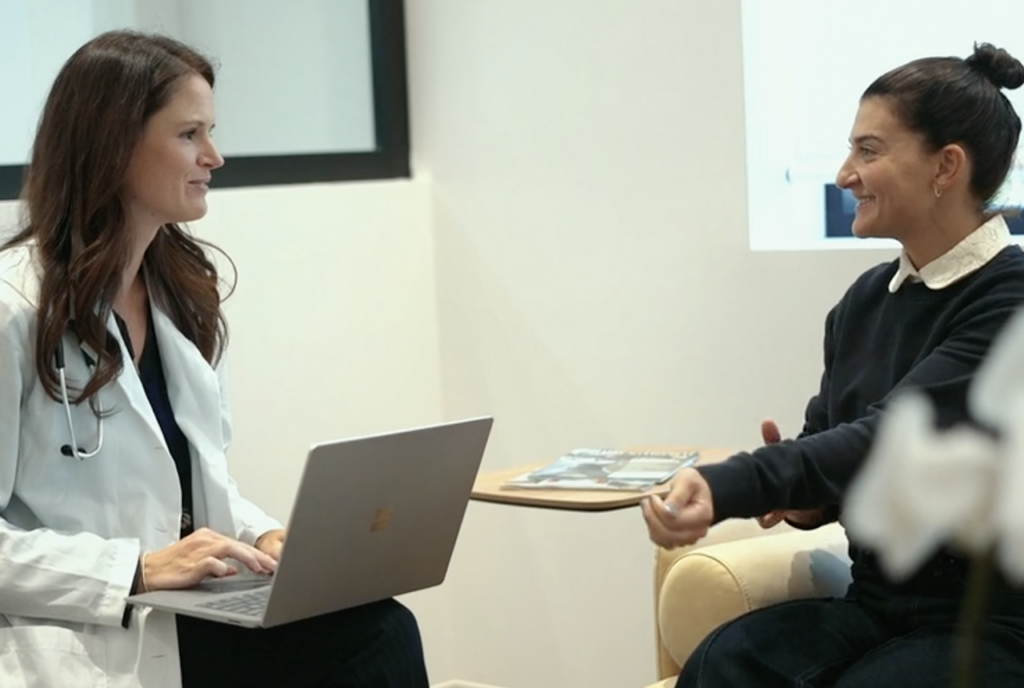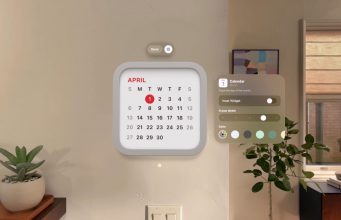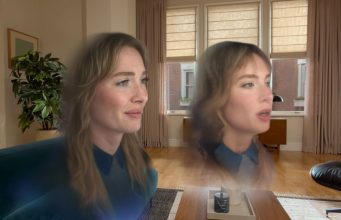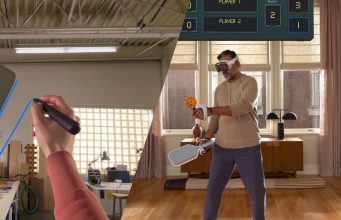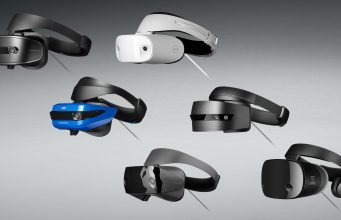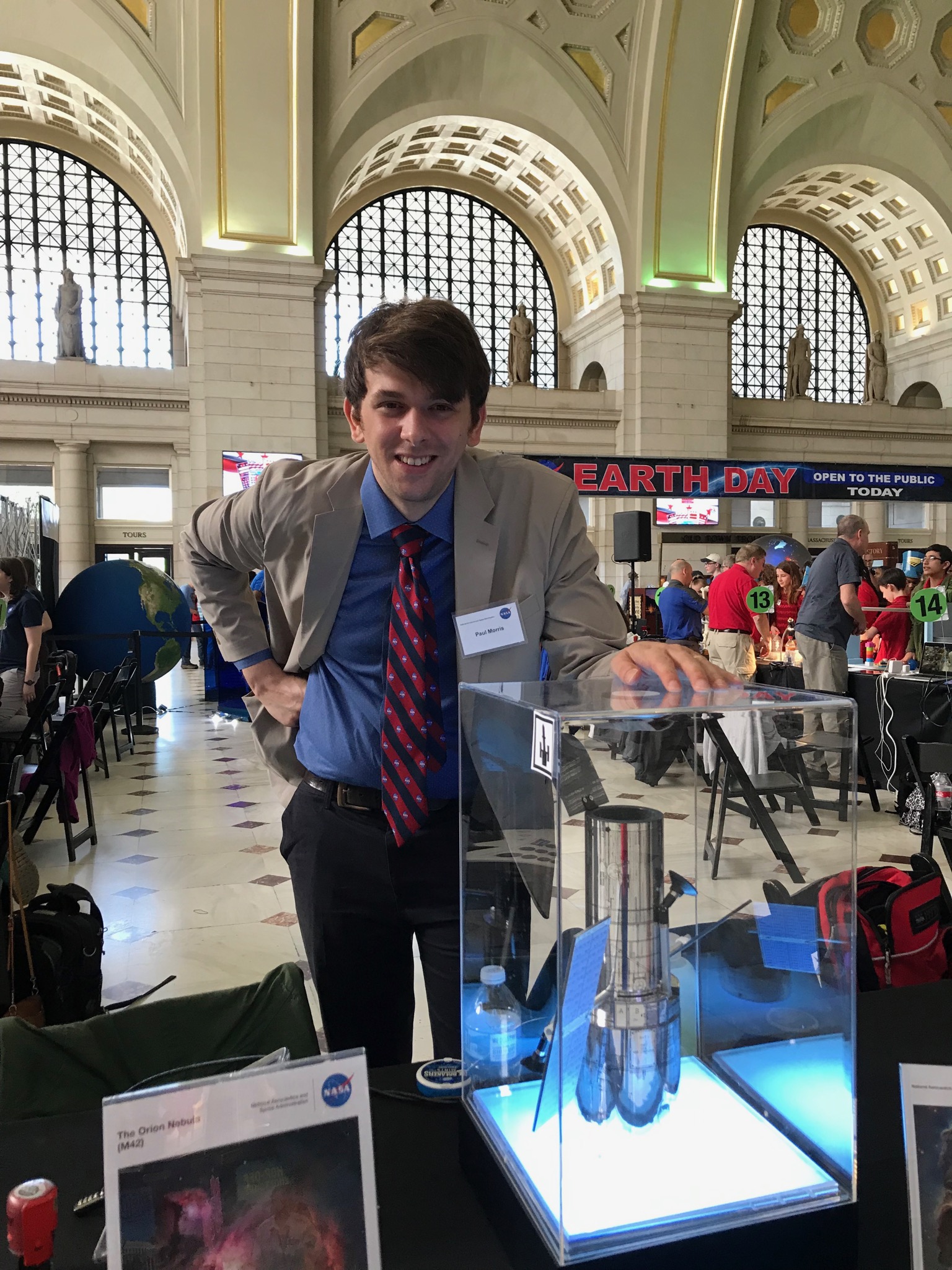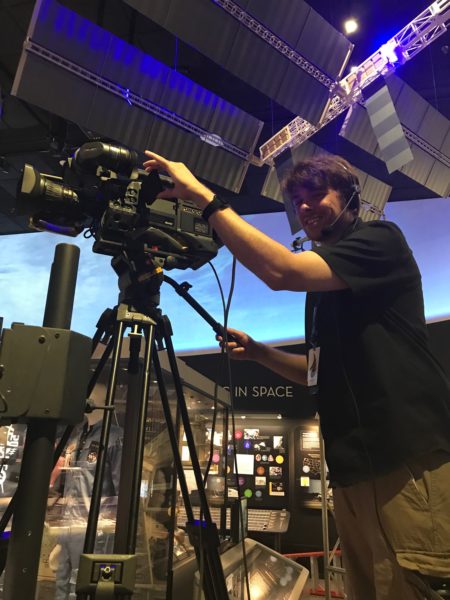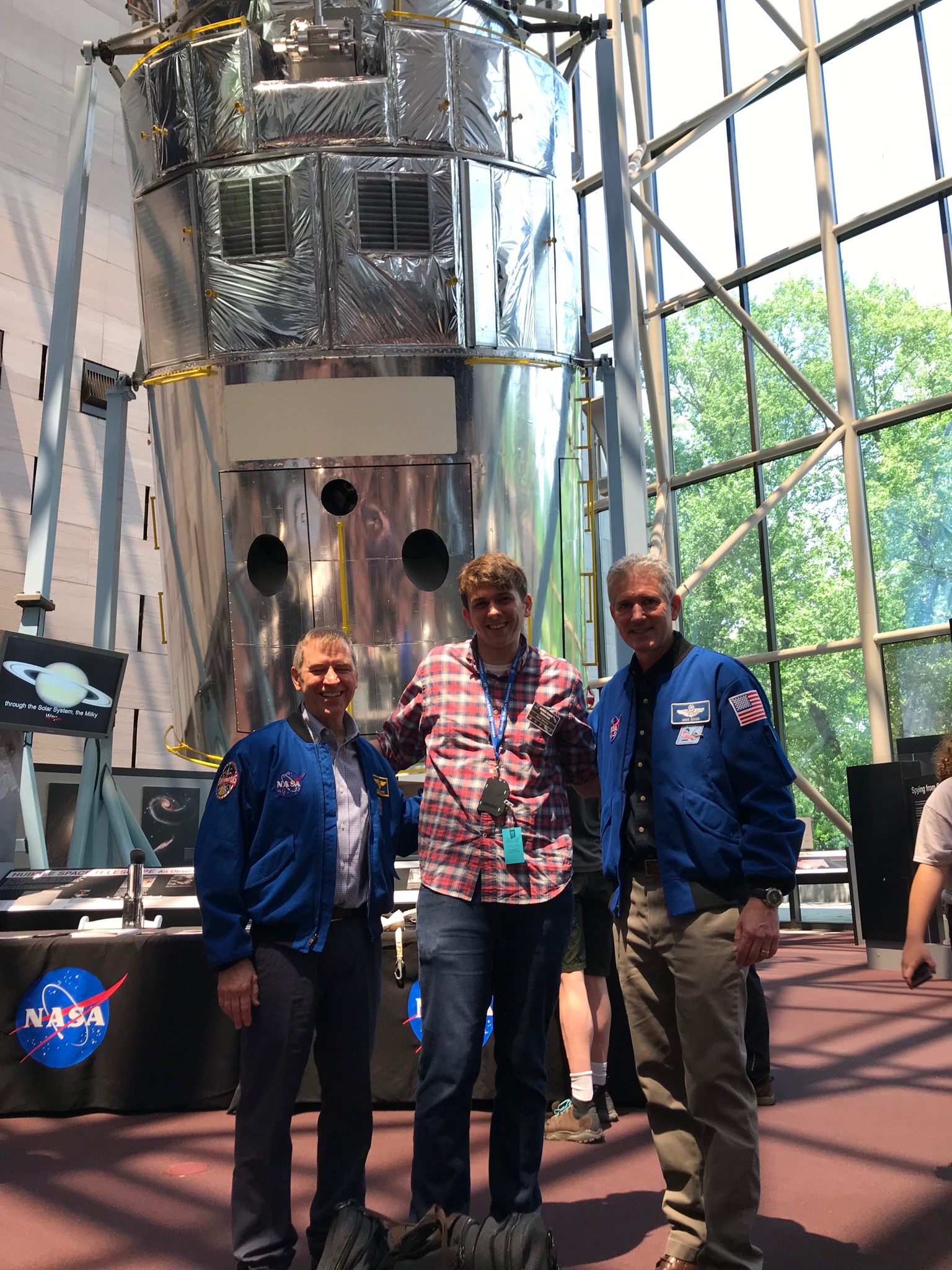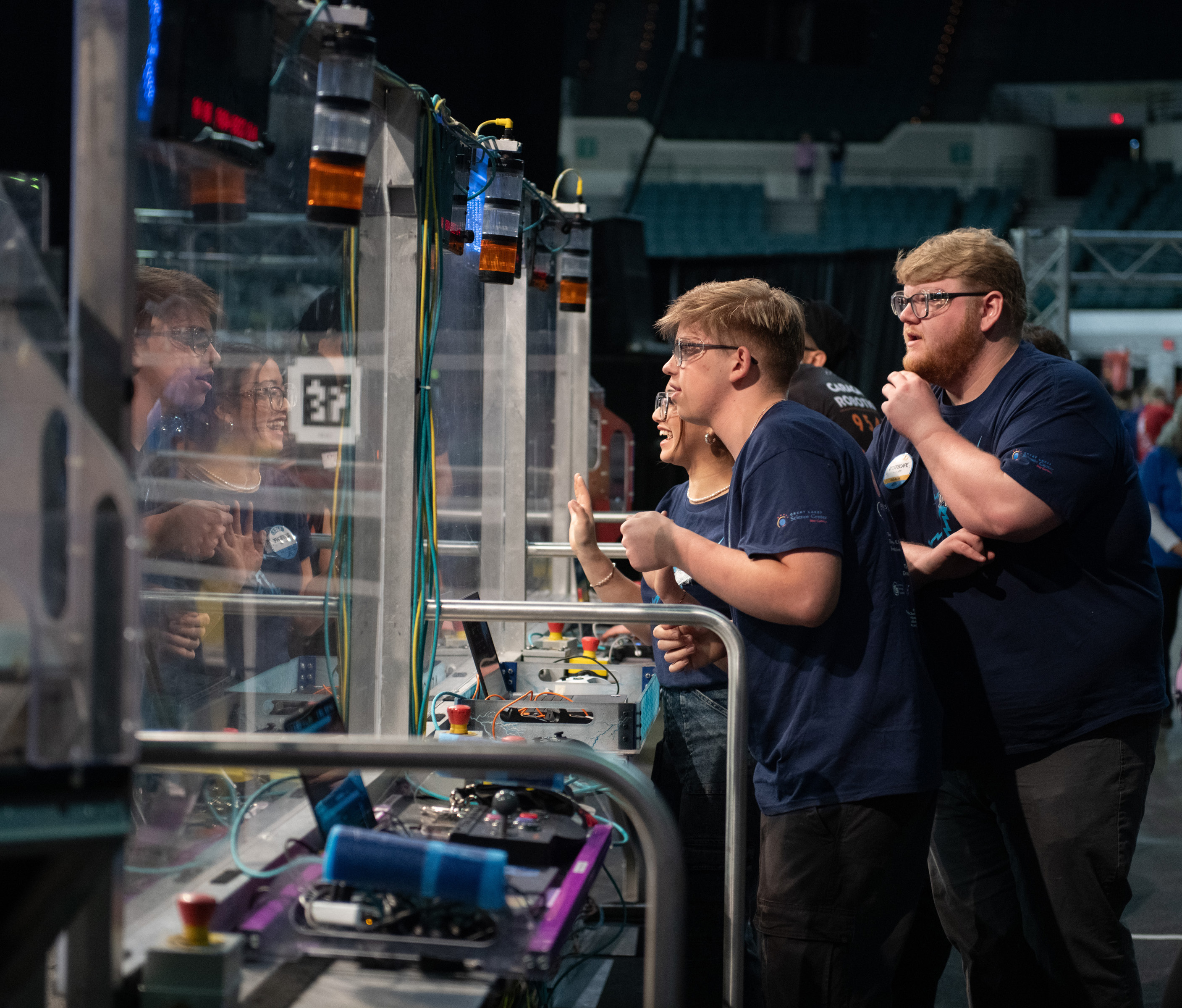Paul Morris: Filming the Final Frontier
Video Producer – Goddard Space Flight Center What sparked your interest in video production, and what drew you to NASA? Ever since I saw “Star Wars” at nine years old, I knew I wanted to make movies. I would make little stop action videos with my action figures. How did you land this role at […]
Video Producer – Goddard Space Flight Center
What sparked your interest in video production, and what drew you to NASA?
Ever since I saw “Star Wars” at nine years old, I knew I wanted to make movies. I would make little stop action videos with my action figures.
How did you land this role at NASA, and what do your duties entail?
I was working with a company in New York for about eight years, producing a daily live interactive show on Facebook. I’ve always been obsessed with NASA, so when I saw the job opportunity I knew I had to take a shot. To this day I still can’t believe how lucky I am to work here. I’ve been working with the Hubble mission for the past five years, but I’ve begun to work on other missions like the James Webb Space Telescope, MAVEN (Mars Atmosphere and Volatile EvolutioN), Osiris-REx (Origins, Spectral Interpretation, Resource Identification, and Security – Regolith Explorer), and the incredible Nancy Grace Roman Space Telescope.
How has your style evolved over time?
My previous job was very steeped in “internet culture,” so it was a lot more fast-paced and crazy style videos. The main goal was to get the audience to watch past the ad break. With NASA I’ve been able to slow down my videos a bit more and focus more on quality and explaining the science result.
What guides your process when you start a new assignment?
Let me be clear, I feel that all astro science is super cool and interesting. However, some of it is less interesting to the general public. Therefore, the first thing I think about when approaching a potential new story is by asking the question: “Would a fifth grader think this story is awesome?” Black holes, giant explosions, stars dying…if the story is there then the imagery will be there too.
What’s been your favorite project so far?
A few years back, Hubble just celebrated the 30th anniversary of the first servicing mission, (the one that corrected the mirror flaw). I got to interview some of the biggest Hubble legends of all time and created a seven-part series from the perspectives of all of these genius engineers, scientists, and even astronauts. I was super proud of how all those videos came out.
Do you have any major goals you hope to achieve or projects you’d like to tackle someday?
I’d love to do a full-length movie following a project from its conception to its deactivation. Obviously, this is rather hard to do and will take years, potentially decades, but there are a few projects that are on the “ground floor” at the moment, so I’d love to just check in with them every year or so.
How has your work influenced your understanding or appreciation of space science and technology?
I’ve been absolutely obsessed with all things NASA since around third grade, so I’ve always loved space science and technology. However, I had no idea how much the technology of space telescopes has led to incredible advances in Earth technologies. From Olympic speed skating to breast cancer research or saving whale sharks, there’s just such a huge return on investment with NASA research.
Where do you draw inspiration from?
The incredibly talented and creative people I work with always make me strive to make better videos.
What hobbies fill your time outside of work?
I’ve gotten really into running and CrossFit since Covid. I also direct plays from time to time at a local theatre near my house.
What advice do you have for others who are interested in doing similar work?
Always look for ways to add to your creative skillset. There are a lot of amazing training options available online, and there’s always something new you can do to make yourself even better than you are today.
By Ashley Balzer
NASA’s Goddard Space Flight Center in Greenbelt, Md.












